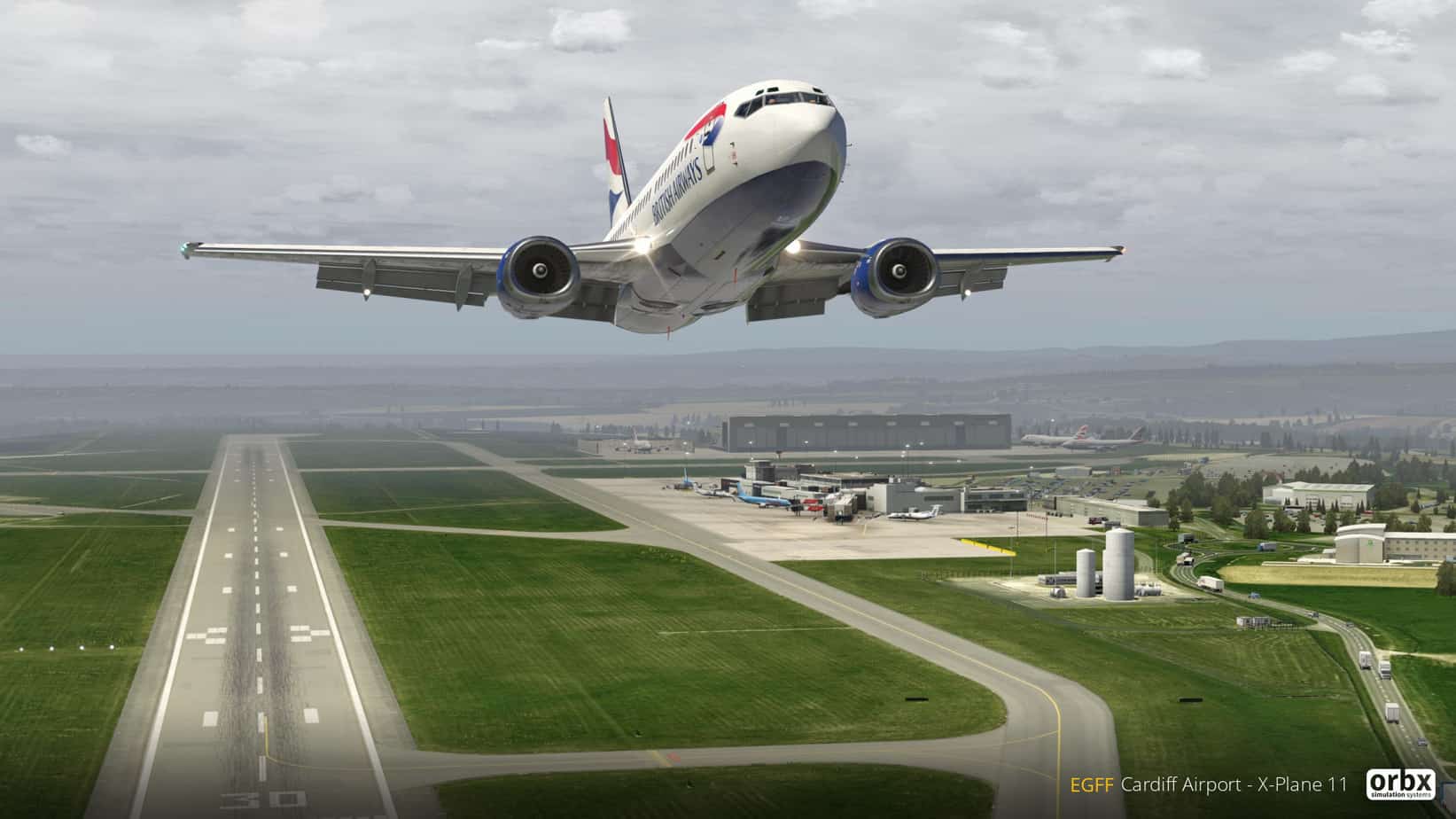
These modes are called Normal law (the aircraft will fly with normal human input), Alternate law, Direct law and Mechanical law. Information from these computers is sent both to the pilot's primary flight display and also to the control surfaces. The computers also receive information from the control surfaces of the aircraft and from the pilots aircraft control devices and autopilot. Information from the ADIRU is fed into one of several flight control computers (primary and secondary flight control).
.jpg)
ADIRUs are part of the air data inertial reference system, which, on the Airbus is linked to eight air data modules: three are linked to pitot tubes and five are linked to static sources. This is fed along with GPS data, into three redundant processing units known as air data inertial reference units (ADIRUs) that act both as an air data reference and inertial reference. In addition there are two flight control data computers (FCDC) that read information from the sensors, such as air data (airspeed, altitude). The fly by wire aircraft is controlled by three primary control computers (captain's, first officer's, and standby) and two secondary control computers (captain's and first officer's). Aircraft with fly-by-wire flight controls require computer-controlled flight control modes that are capable of determining the operational mode (computational law) of the aircraft.
#X plane 11 mac requirements series
The A320 series aircraft was very unique in its definition of control laws, protections, reconfigurations, and functions. The FF A320U uses its own aerodynamic modeling that is quite close to Laminar's structures and theories, but is more much more controllable and flexible and has more options and parameters, and is engineered for a broader aerodynamic model and to make system logic consistent and more integral. So this does create a very different environment in that any of the usual X-Plane interaction tools will not work with this aircraft, including manipulators and even X-Planes unique aerodynamic modeling in "blade element theory" of element forces at work on the aircraft. Your first instincts are to understand that this aircraft is not really an X-Plane aircraft and in using the X-Plane based theory and dynamics, in fact the only area that this aircraft interacts with X-Plane is with the default XP ground physics and in time that will phased out as well. When you really think about that aspect you can see how big a challenge it really is to bring such complex modeling and aircraft behaviour to a deskbound style simulator.

not only in it's systems but also the aircraft's very complicated flying characteristics as this aircraft's nickname is the original "Electric Jet". So it goes without saying that this aircraft in X-Plane is complex.

To acquire such a certification for real world based training then this aircraft would have to replicate almost every system and instrument that is found in a real A320 aircraft or simulator, and that is a more complex thing to do than you think it is.
#X plane 11 mac requirements simulator
It is released in X-Plane and flies in X-Plane but it's basic underlying systems can also allow it to fly in any computer based system and no doubt in the future it's main purpose is for it to be a standalone simulator for Airbus A320 certified aircraft training. It is unusual in another area as well, in the fact it is designed and built to be not part of any actual simulator platform. It's whole purpose is too deliver a completely new and extremely high quality simulation to flying Airbus aircraft in a simulator. This Airbus aircraft from FlightFactor Aero is pretty unique. Overview Review : Airbus A320-214 Ultimate by FlightFactor Aero


 0 kommentar(er)
0 kommentar(er)
